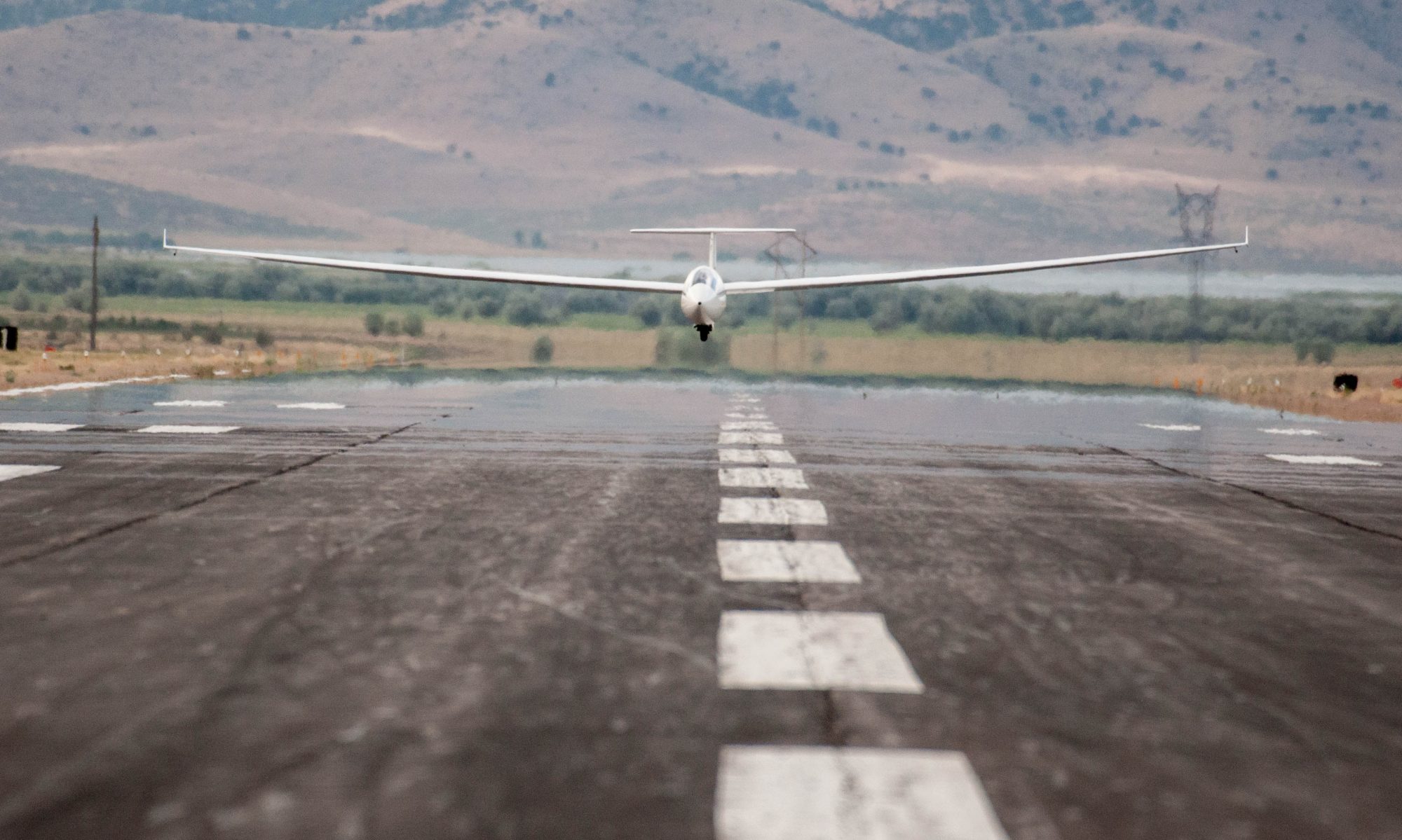Soaring Podcasts
Stories are sometimes best to listen to. Thankfully we have some podcasts for that. You can find them wherever you listen to podcasts. I recommend the following and usually listen to them when I am out trail running or on a drive in my car.
Soaring The Sky Podcast
Hosted by Chuck Fulton, a glider pilot from the Mid-Atlantic Region of the United States, this weekly interview-style podcasts tells the personal stories of glider pilots throughout the world. How did someone’s aviation story begin? What were their most remarkable flights? And what tips can they provide for the rest of us? Pilots have hugely varied backgrounds from absolute beginners all the way to Sebastian Kawa, the world’s most successful contest pilot of all time. Chuck brings out the best in his guests to make the stories inspirational, informative, and entertaining. Chuck’s target audience includes pilots as well as those who are just thinking about joining the world of aviation. I’ve also had the honor of (and a lot of fun) appearing in two of his episodes (#14 and #30) myself 🙂 Listen here or on your favorite podcast app.
The Thermal Podcast
Hosted by Herrie ten Cate, a pilot from Toronto, Canada, this monthly podcast focuses on important information for soaring pilots. On recent episodes, Herrie interviewed the founder of Jonkers Sailplanes, the developer of Skysight (my favorite soaring weather forecasting tool), the chief pilot of the Perlan Project, as well as experienced competition pilots. One of them was the winner of this year’s US 18m Nationals and fellow Boulder pilot, John Seaborn. Herrie also takes us into soaring history, launch methods, and more. The podcast is highly informative and mainly aimed at active glider pilots. The Thermal Podcast is available on most podcast apps including iTunes, Google Play and Spotify.
Cloudbase Mayhem
Hosted by Gavin McClurg, this podcast is primarily targeted at paraglider pilots but is absolutely compelling for glider pilots as well. There’s a lot that sailplane pilots can learn from the paraglider world. If you’re routinely flying hundreds of kilometers with glider that has a 12:1 glide ratio and Vne below the stall speed of modern sailplanes, you really get good at it! Gavin is one of the world’s top paraglider pilots himself. And he’s much more than that: he was named Adventurer of the Year by National Geographic in 2015, he was a member of the US Alpine Ski Team, he circumvented the globe by sail (twice), he is a top whitewater kayaker, you get the idea… It’s a true honor that Gavin interviewed me for Episode 162. Go check it out, you won’t regret it!
Written Stories
Sometimes we read something and we think is worth sharing or at least worth remembering for ourselves. This is what this page is about.
Lou Feierabend, “The waves shone and sparkled as gold and diamonds…”, originally published in Soaring Magazine July 1985
Fascinating account of a cross-country wave flight back in 1966 in a wooden Schleicher Ka8 from Westcliffe, CO (in the lee of the Sangre de Christo Range) all the way to Cheyenne, WY. I find this flight so remarkable not just because of the plane (a low performance school glider) but because I’ve experienced myself how challenging it is to fly past Mount Evans and Longs Peak in wave lift, even in high-performance ships. I hadn’t even imagined transitioning from the Sangre de Christo Range to Pikes Peak before flying north along the entire Front Range. And if that’s not interesting enough, consider that Lou’s ship wasn’t even equipped with a proper radio and that he asked a random CB operator (look this up if you don’t know what a CB radio is) to telephone air traffic control in Cheyenne to literally obtain a “green light” to land next to a Boing 727. How times have changed!
Rika Harwood, “VRSAC, 1972”, published in “Sailplane & Gliding” Oct-Nov 1972
This account of the Gliding World Championships in 1972, held in Vrsac, then Yugoslavia, is worth reading just to reflect on how insanely dangerous gliding competitions used to be. 87 gliders participated in this contest. Two pilots died and many more were injured. How many gliders were damaged or destroyed is impossible to tell. What made this contest so dangerous? Many factors. An incompetent organization, and the rules (or better: the lack of rules), are number 3 and number 2 on my list. Cloud flying was the norm then (without gps, flarm, or artificial horizon), and the clouds these pilots were flying in were cumulonimbus clouds with lightning, hail, and turbulence so severe that pilots wondered how they came out alive. Pilots would climb to 29,000 feet in a thundercloud to commence a final glide from hundreds of kilometers out, not seeing or even knowing where they were going. Most of the time their flights ended in some kind of swamp in the middle of nowhere, where their crews dug them out past midnight to drive them back to the airfield, where they would come too late for the morning briefing, only to get back into their cockpits and do it again. This brings me to the number 1 reason for why it was so dangerous: pilots who were willing to blindly (literally) entrust their lives to sheer luck just to partake in a contest. It can be mind-boggling what humans will do.

